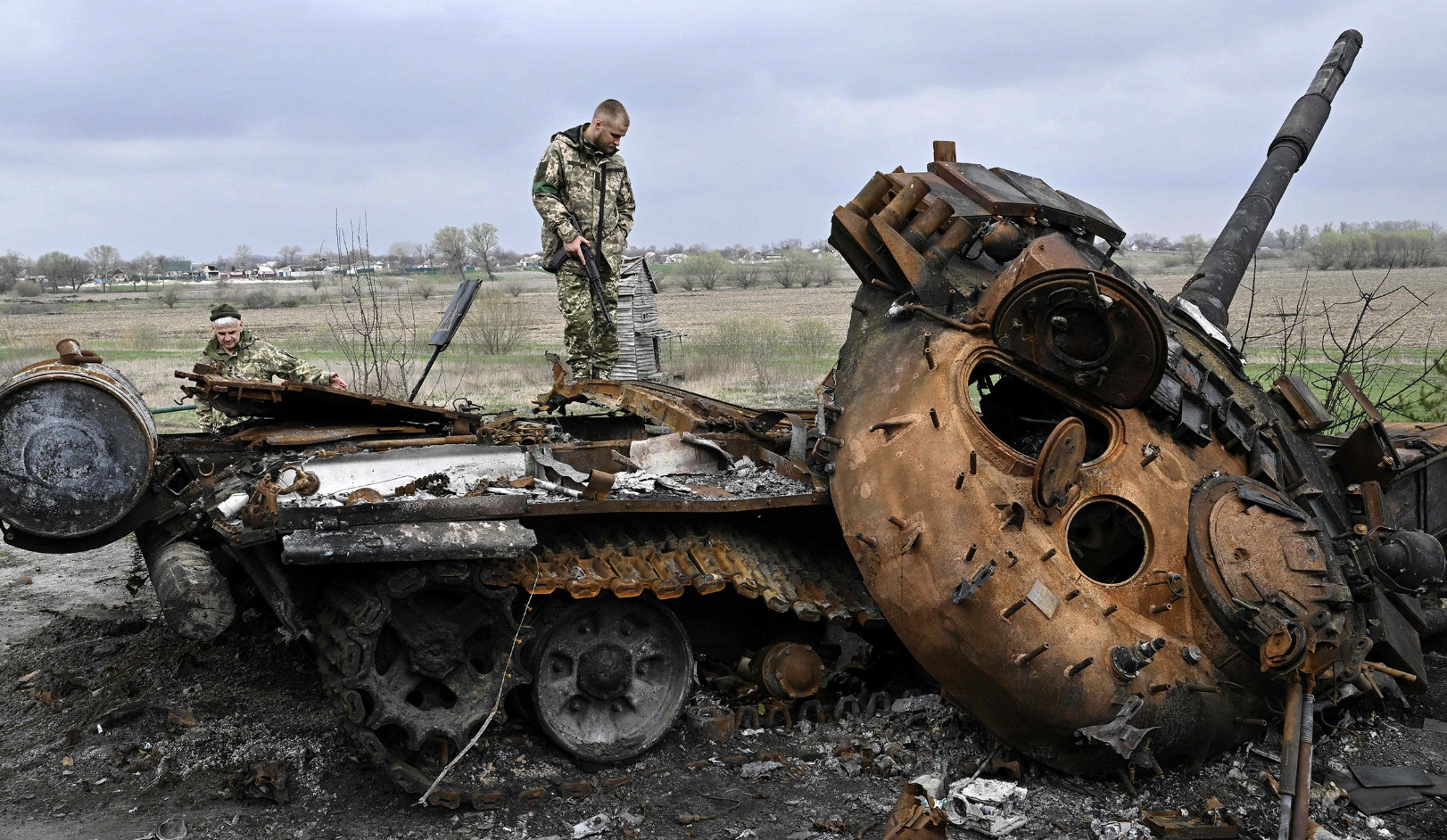Genya Savilov/AFP/Getty Images
On Saturday November 19th, I was honoured to attend the Gala Ball celebrating the 150th anniversary of the Governor General’s Foot Guards. The event was held in the landmark Chateau Laurier Hotel’s ornate ballroom. Former and serving members of the Regiment were turned out in their scarlet mess kits while the band wore their scarlet tunics and distinctive bearskin hats.
Minus the preponderance of cell phones and the style of the ladies’ evening gowns, a black and white photograph could convincingly represent the Regiment at the time of its founding in 1872.
While it was a fitting tribute to Canada’s oldest reserve regiment, the visuals also served to illustrate just how much warfare itself has evolved over that span of a century and a half.
The bright scarlet tunics of the soldiers were meant to be seen by the enemy and the massive bearskin hats were intended to give the impression of greater height.
No thought was given to camouflage with white cross belts and metal trimmings polished till they sparkled.
Soldiers were meant to march in densely packed ranks and deliver volley fire at point blank range. The British empire – including Canadian regiments – were taught the lessons of concealment, cover and camouflage by the South African Boers at the turn of the last century.
The trenches, barbed wire and machine guns of World War One changed tactics one again and modern armies ditched the ornate headgear for helmets that actually protected soldiers.
For those closely following the current conflict in Ukraine it is readily apparent that the battlefield continues to evolve and with it the way in which we approach combat.
The current scourge of the battlefield is the unmanned aerial vehicles (UAV’s) more commonly known as drones.
While both sides are using drones extensively, it would seem that the NATO supplied Ukrainian forces have been far more successful in employing this technology.
There are lessons to be learned from this war for Canada. While we did employ a limited number of drones during our decade long counter-insurgency campaign in Afghanistan, we would need to massively increase our drone arsenal should we ever be drawn into a near-peer war.
The Taliban, unlike the Russians and Ukrainians, did not possess any effective anti-aircraft defensive measures to counter drones. In this regard, Canada is akin to the Taliban as our military possesses zero tactical air defence systems.
While many of the drones employed in Ukraine have their own direct fire weapons, or are of the ‘kamikaze’ variety, the remainder are used as spotter aircraft to direct the heavy artillery.
Canada has a limited number of modern M-777 howitzers which were extremely effective in the counter-insurgency role in Afghanistan.
These 155mm howitzers have a long-range precision guided capability. However, they are towed artillery which means the gun crew has no armoured protection.
Experience has shown that the Russians have an effective counter-battery artillery capability which makes the four M-777 towed artillery which we gave to Ukraine, a dangerous liability.
Again, if Canada ever expects to be involved in a near-peer conflict with an artillery equipped adversary, we should start investing in a fleet of modern, self-propelled, armoured howitzers.
In addition to the equipment proving successful on this new age battlefield, Canada should also look at what type of soldiers are emerging as the victors.
While there are still a large number of tough looking infanteers and tankers on the front line, the real scourge of the battlefield are the legion of drone operators.
These talented former video-gamers do not have to bench press 100 kilos or climb over a two meter wall, they simply have to manipulate a joystick and press buttons.
Given that the Canadian military is currently 10,000(+) personnel short of its authorized strength of 67,000 regular force members, perhaps we need to rethink who we believe would make a good soldier?
We have evolved body armour and camouflage to the natural limit, but perhaps it is time to evolve this even further. Maybe the future warrior is not seen by the enemy at all because they are able to employ remote weaponry via sophisticated drones.
If that becomes the case, then perhaps the old Colonel Blimp brigade can finally stop bemoaning the current relaxation of dress regulations and allowance of facial hair and tattoos.


